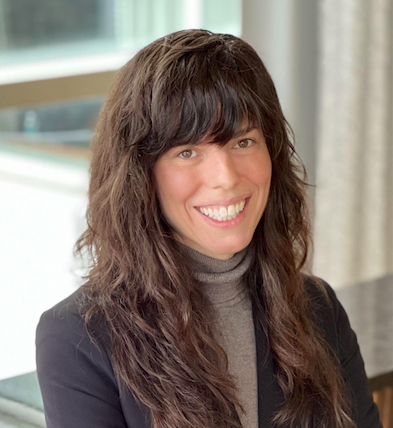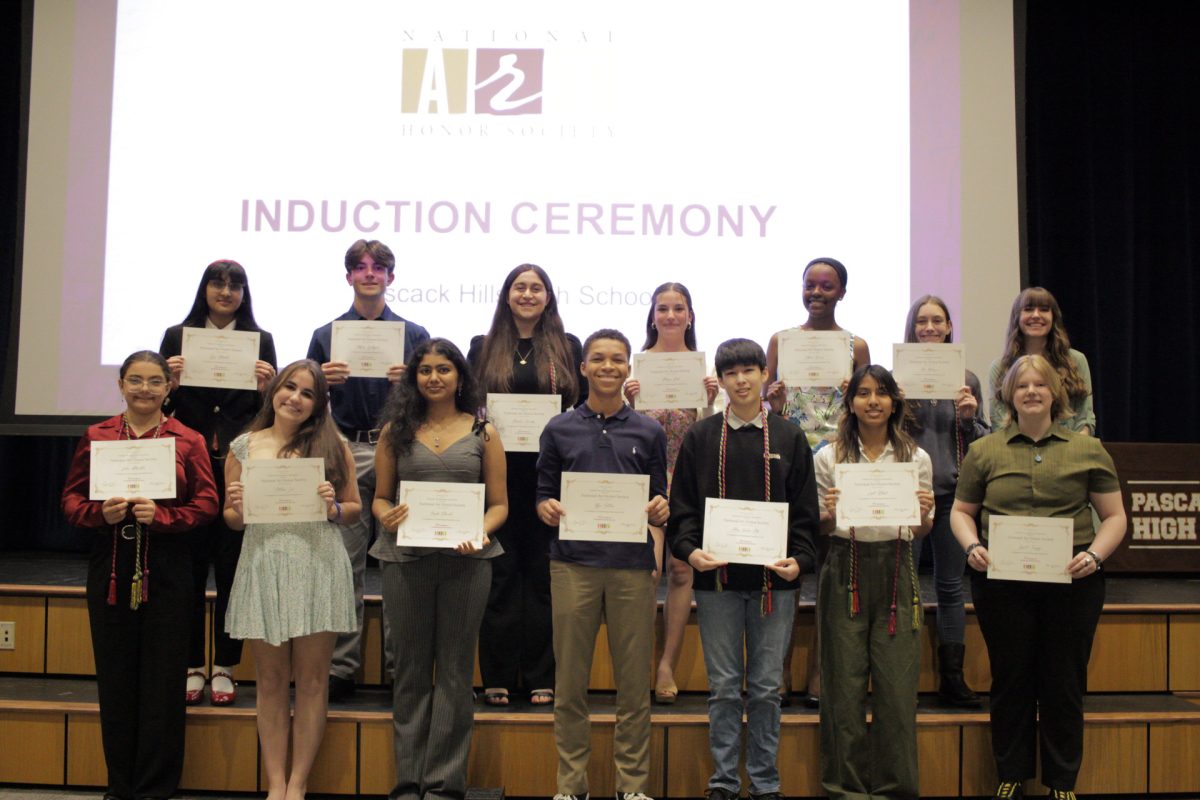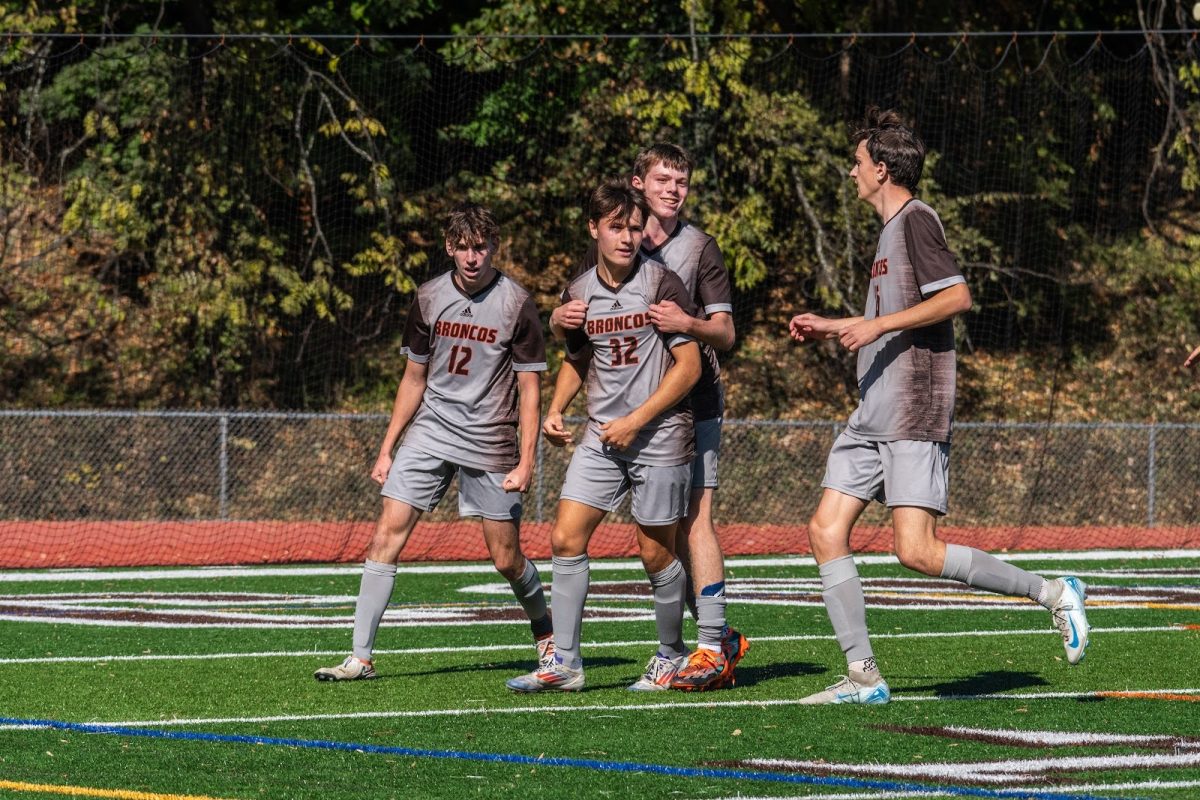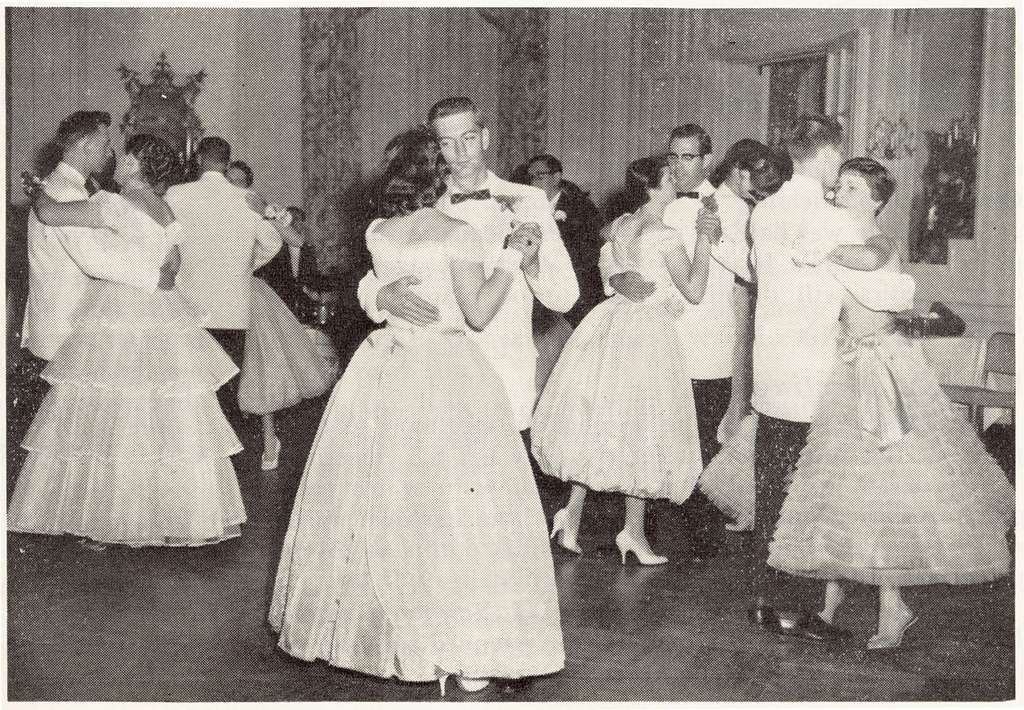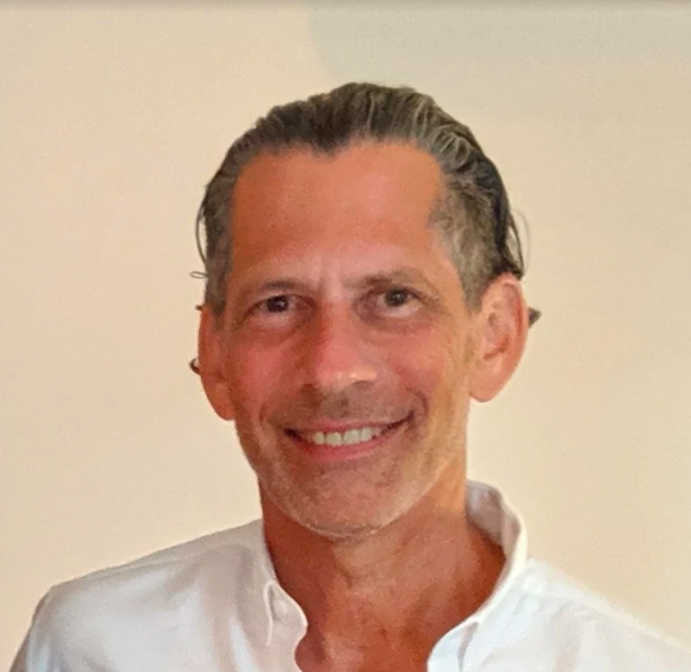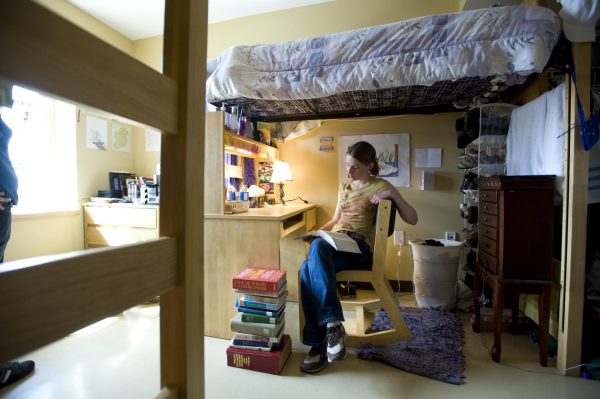How I got here: Dean Maltz
Dean Maltz is a New York based architect who specializes in commercial, residential, and institutional design.
Samantha Lazar: How would you describe what you do currently?
Dean Maltz: I’m an architect based in New York and I am a partner of a global firm with offices in New York, Tokyo and Paris, and I am the Managing Partner of the New York office.
As the Managing Partner, I am responsible for all the activities of our office. We do a multitude of project types ranging from museums to multi-tenant housing projects, condominiums, single family houses, commercial projects, offices, buildings, renovations, additions.
I’m a partner of this global firm called Shigeru Ban Architects. My partner is a Pritzker Laureate, which is a very special honor given out to one architect by the Pritzker family to the most distinguished architect in the world. This honor is only given out once per year. So, globally our firm does many more projects including office buildings, restaurants, and commercial buildings that have restaurants. We work in hospitality, including hotels and we also do shopping centers as well.
The other big part of what we do is humanitarian projects where we help people who are victims of natural disasters. We’ve done over 36 projects in 17 countries around the world since 1995. In the United States, for Hurricane Katrina, we worked with Make it Right Foundation which was an organization that was sponsored by Brad Pitt where we helped to rebuild the lower 9th Ward. We built affordable houses for that project. We also did work in Haiti after the earthquake that destroyed many homes on that island.
SL: When did you first become interested in architecture and design?
DM: So, I was always interested in design. Throughout school, I was pretty good at many things. I was always good at math. I loved history. I always took art classes all the way through being a senior. And I did my high school paper thesis on Usonian houses that were designed by Frank Lloyd Wright. So I studied architecture in high school and when I applied to college, I was both pre-med and pre-architecture and I was much more successful in the architecture programs.
I went to Washington University and got one of the highest scores in the architecture studio, one of the three highest scores of 60 students and that sort of propelled me to focus on becoming an architect.
SL: Can you tell me more about your high school experience? What skills did you learn that helped you in your career? Were their clubs that you were involved in or particular classes that you really liked?
DM: Well, I took the core curricula you had to take to graduate, and in terms of extracurricular activities, I always took fine arts. I didn’t realize how talented I was until my professor of art took one of my projects into an exhibition that was sponsored by Abraham & Straus, which was a pretty well known department store back then. I received a blue ribbon award for that work of art that my professor put into the exhibit on my behalf. And that made me realize that not only did I have interest, but I also had talent. That was the beginning of many other awards. So I suppose as a young person in high school trying to figure out what I wanted to do, I didn’t really know for sure, but I just pursued my interest.
For all people out there in high school land, work hard and pursue your interests. If you don’t know what you’re going to be doing, that’s okay. Just keep working on your interests because life is long and you can have many careers.
SL: Can you tell me more about your college experience and your graduate school experience? How did it prepare you for your career?
DM: So for college, I applied to multiple schools and I got into all except one. I ended up going to Washington University, and I took all the pre-med classes and I took architecture classes, and I was pursuing a career path for both. You can imagine how hard that was – a lot of time and effort. With architecture studios, it takes a lot of time and study. But I got an A plus in the architecture studio, and I had gotten Cs in calculus and chemistry.
The handwriting was on the wall that pre-med was going to be quite a struggle, and if I was going to take architecture, that I was probably going to be more successful. The professor of design took a real shine to me and I decided at that point after being mid-way through my sophomore year that I wanted to study architecture and I wanted to go to what I felt was the best school.
So I applied to Cooper Union which was close to home and tuition free and I got in. I transferred to Cooper Union and spent four years and got a Bachelors of Architecture. And during that time, I met my Japanese partner, my current Japanese partner, who also went to Cooper Union and he invited me to live with him and his family for a year.
I spent 14 months abroad, and came back, got my undergraduate Bachelor of Architecture degree, but I felt like I wanted to get more education because you could never be too well educated. So I applied to graduate school and I got into the Graduate School of Design at Harvard, and I spent a year and a half and I got a Master’s Degree.
The reason I did that was to get more of a worldly view of architecture. Harvard was one of the best schools in the country, perhaps in the world, having a more pluralistic viewpoint of architecture since I had already received a very limited specific view when I had gone to Cooper Union.
It was many years, all together 7.5 years in school, but it paid off. I think the real benefit of going to school is not just the quality of the education, but the quality of the people that you meet because you really learn from your peers, and these are lifelong friends you make.
You become influenced by the people you hang with, so always choose wisely.
SL: If a student were to follow in your footsteps, what should they focus on now in high school?
DM: If they want to be an architect, they should do exactly what I did.
Take art classes, take design classes, study history, etc. Architecture is probably the best education that anyone could have because it requires a plurality of education. You need to know history, you need to know math, you need to know science.
When you become an architect, you have to learn mechanical design, structural design, and history because though architecture is built today, it is based on the context of before and it’s forward thinking. Art is important because it involves creative problem solving.
So you really need to study everything, and you need to know how to communicate so you need to learn how to write, and public speaking as you need to know how to present. All of these skills will help anyone throughout their life.
SL: Who were the most influential people in your life growing up and what impact did they have on you?
DM: The most influential people were family – I had really good role models in my family, certainly my parents, although none of them were in a creative field or profession.
I actually knew no architects growing up, but they instilled good values.
My cousins were good influences in terms of values and work ethic. I would say, my uncle who lived in Mexico who spoke six languages set a good example. I studied foreign languages thinking that a well-rounded human being should speak more than just their native tongue.
He was also very cultured and when he came back from Mexico to New York, he would take me on excursions around Manhattan. He took me to galleries and museums. That was something that my parents did not do, so that was a positive influence.
I had a really good friend in elementary school. We were very adventurous and creative together so that led me to explore my creative problem-solving side. In school, I can’t say there was any one particular teacher, but the majority of my teachers were good role models.
SL: What was the greatest challenge you faced in your career?
DM: I can’t say that there was one great challenge in particular, although passing the licensing requirements required a lot of work, and doing my thesis required a lot of work too.
I think every day brings new challenges and you have to meet those challenges and take advantage of opportunities and work through your challenges.
Chris Christie was being interviewed today (March 22), and he was asked a similar question. His response was that you’ve got to “fake it until you make it”. You just have to believe in yourself and believe you can do it, even though maybe you can’t, right? So you have to find resources in order to make things happen.
So I think you just need to be focused on success, not necessarily personal success, but as a young person, you always want to do good, so you just want to be successful. But I think there’s different ways of measuring success. I think the most important thing is, setting a goal and working towards that goal, whatever that goal may be.
SL: What would you say are your biggest accomplishments?
DM: From a personal point of view, I think the biggest accomplishment is having a family, which is, of course, the most important thing.
Other accomplishments included getting into an Ivy League school. I was pleasantly surprised when I received acceptance.
Other accomplishments were doing some great architectural projects that we’ve been known for. An example in New York City includes a couple of condominiums, one called the Cast Iron House. We completed a renovation to this landmark building that was originally built in 1882. We created 13 luxury apartments for that project which is now being marketed by a broker named Ryan Serhant, a celebrity that has been on Bravo for a program called Million Dollar Listing. It’s kind of exciting.
Also, we did the Aspen Art Museum completed in 2014, and that was quite an accomplishment, and I am proud of that.
SL: During this pandemic, what would you say you found to be most challenging? How did you overcome those obstacles?
DM: This was actually one of the most challenging moments in my life. Having to maintain an office when all the work just absolutely ended. People just stopped building. Clients stopped paying their bills and stopped work. It was pretty challenging maintaining our staff and we worked through that. We were fortunate to have some work. We were able to keep people together and maintain safety in the workplace. There were lessons learned from that.
People in general began to realize or think of work in a different way or the work environment in a different way in our lives. People’s health could be supported or compromised by their environment. And in a certain way, even though it was very hard and it was a struggle during that period of time, I think people learned the benefits of a healthy environment. I think that’s part of why we have an administration today that supports the environment, protecting the environment, and reducing carbon in the atmosphere.
These are all aspects of construction. Being able to be sustainable and reduce carbon, which is one of the great things that we could do as a society and architects have a big role to play in that now.
SL: Your job sounds really interesting. I have thought about being an architect myself.
DM: You should. And I would also add that for all you people who are thinking of architecture – it’s one of the best educations you could have, even if you don’t know exactly what you want to do. I’ve heard that half of the people in Italy study architecture, but of course not half of the society are architects, but it’s a good basic education.
You could branch into many different fields. I know people who have gotten involved in computer technology as a result, and they’ve gotten involved in animation. They’ve gotten involved in graphic design. They’ve gotten involved with teaching and development. So generally, it’s a really good core education and one of the special things you learn as an architect is problem-solving, and any field can benefit from problem solving.
So, tell all your friends to study architecture, and it will be fun. The greatest people are architects.
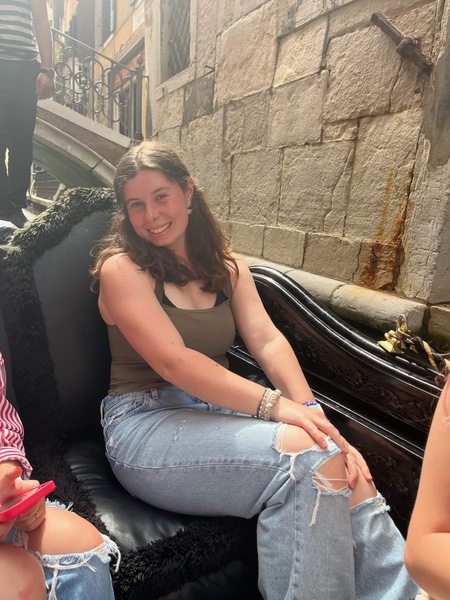
Samantha Lazar is a senior at Hills. She joined the publication her freshman year as a staff writer and primarily wrote articles for the College Corner section. This year, Lazar is eager to continue writing articles and managing stories for the Life & Style section.
Fun fact: Lazar trained her dog to be a therapy dog, and she volunteers at a library with her.



